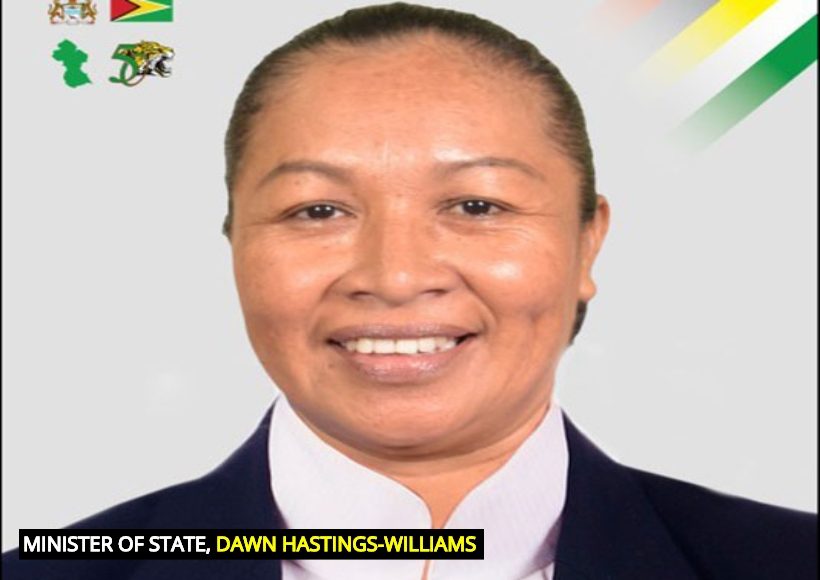Today, as the world observes International Day of the World’s Indigenous Peoples, the Government of Guyana (GoG) has committed to the preservation and promotion of Indigenous languages, says State Minister Dawn Hastings-Williams.
The minister, at a People’s National Congress Reform (PNCR) press conference hosted at Congress Place, Sophia this morning, said that the government’s commitment is in sync with this year’s theme “Indigenous Language”, which will see the United Nations (UN) Working Group on Indigenous Populations paying emphasis on the current situation of Indigenous languages around the world.
Hastings-Williams, who serves as an executive of the PNCR, said that the party is aware that languages play a crucial role in the daily lives of people, not only as a tool for communication, education, social integration and development but also as a repository for person’s unique identity, cultural history, traditions, and memory.
Mirroring her sentiments also was A Partnership for National Unity+Alliance for Change (APNU+AFC) Member of Parliament (MP) Mervyn Williams, who told the Guyana Standard that languages contain traces of people’s history and their identity. He said that Indigenous languages are constantly under threat, which is tantamount to threatening the identity of their speakers.
According to the United Nations Permanent Forum on Indigenous Issues (see full document: http://www.un.org/development/desa/indigenouspeoples/wp-content/uploads/sites/19/2018/04/Indigenous-Languages.pdf), 96 percent of the world’s approximately 6,700 languages are spoken by only 3 percent of the world’s population.
Although Indigenous Peoples make up less than 6 percent of the global population, they speak more than 4,000 of the world’s languages. Conservative estimates suggest that more than half of the world’s languages will become extinct by 2100. Other calculations predict that up to 95 percent of the world’s languages may become extinct or seriously endangered by the end of this century. The majority of the languages that are under threat are Indigenous languages. It is estimated that one Indigenous language dies every two weeks.
Minister Hastings-Williams spoke of her personal challenges in acquiring English, a second language to her, and how it was difficult to sit examinations that were presented in English. She also spoke of the challenges that public servants – such as police officers – face when they are deployed into Indigenous villages to serve. She posited this scenario as a basis to argue that Indigenous languages should be promoted to enhance communication amongst all Guyanese.
The Minister said also that several radio stations in the hinterland have already begun to use Indigenous languages to keep people informed. To date, radio stations have been established at Paiwomak, Mahdia, Mabaruma, Lethem, Bartica, Aishalton, and Orealla.
“Guyana’s Indigenous Peoples and citizens of all ethnicities now have access to information and, in many communities, this information can now be received in Indigenous languages. The PNCR is proud that applications for employment and for contracts were recently published in the Indigenous languages. Radio Aishalton launched in 2018 carried broadcasts in the various Indigenous languages and the Ministry of Education has been working on introducing Indigenous languages in schools in Indigenous Peoples’ districts,” Hastings-Williams said.













